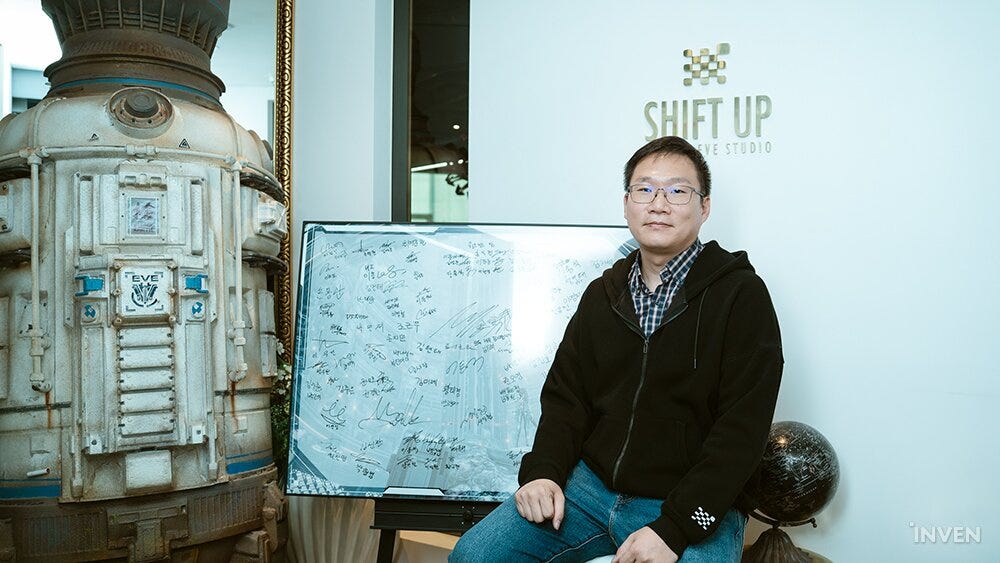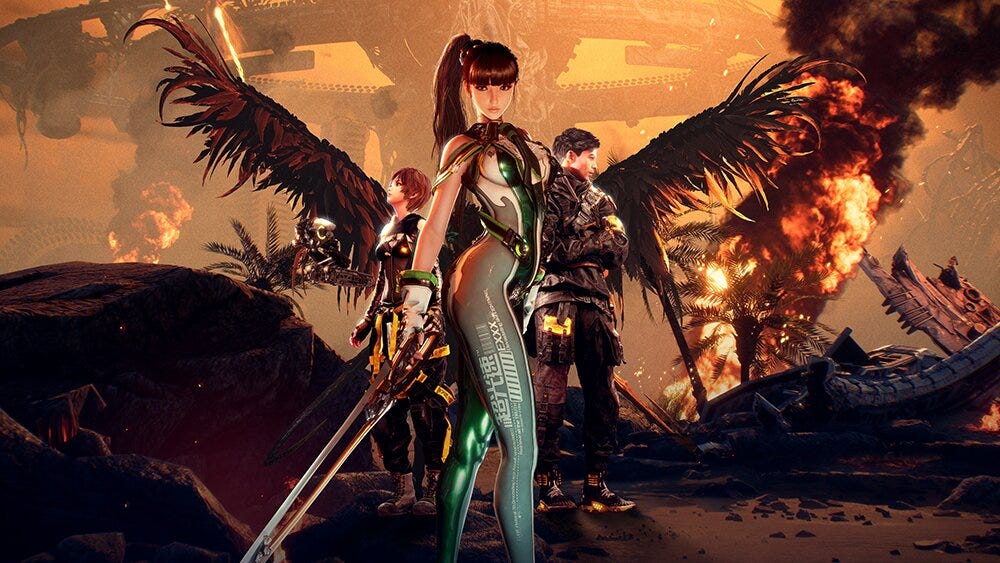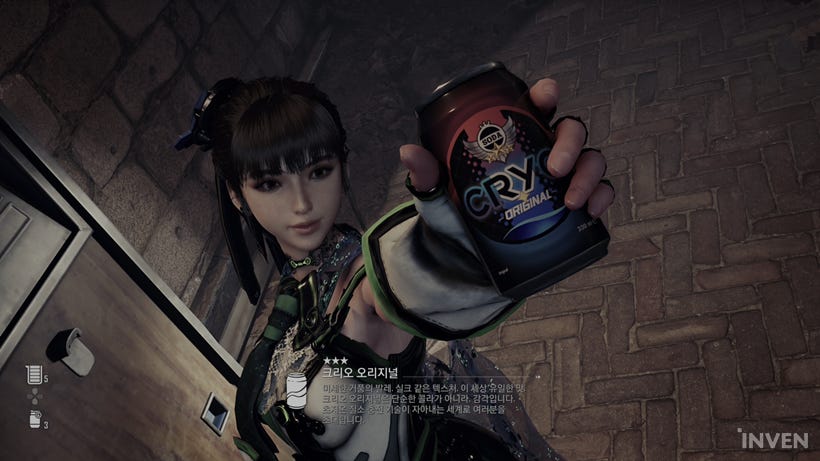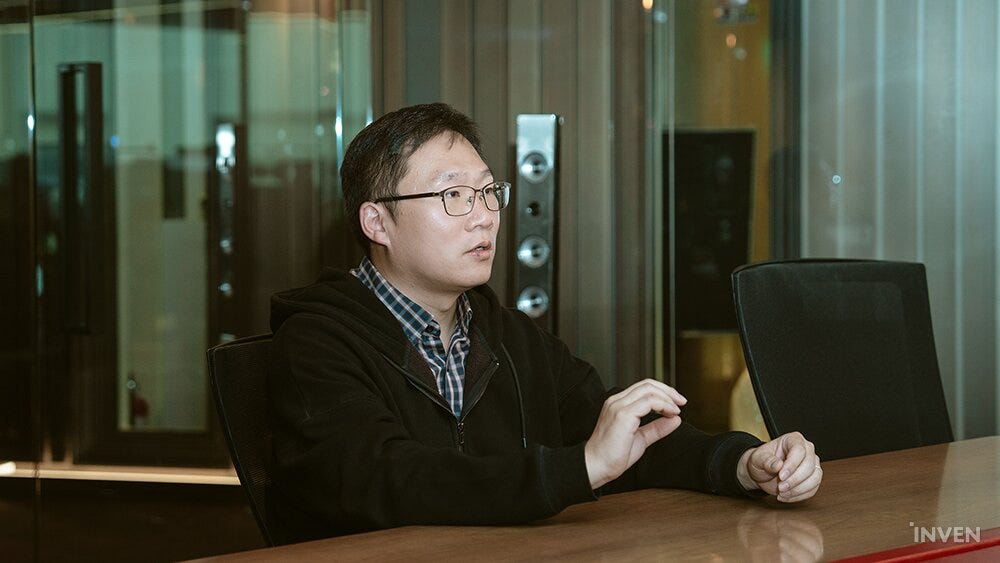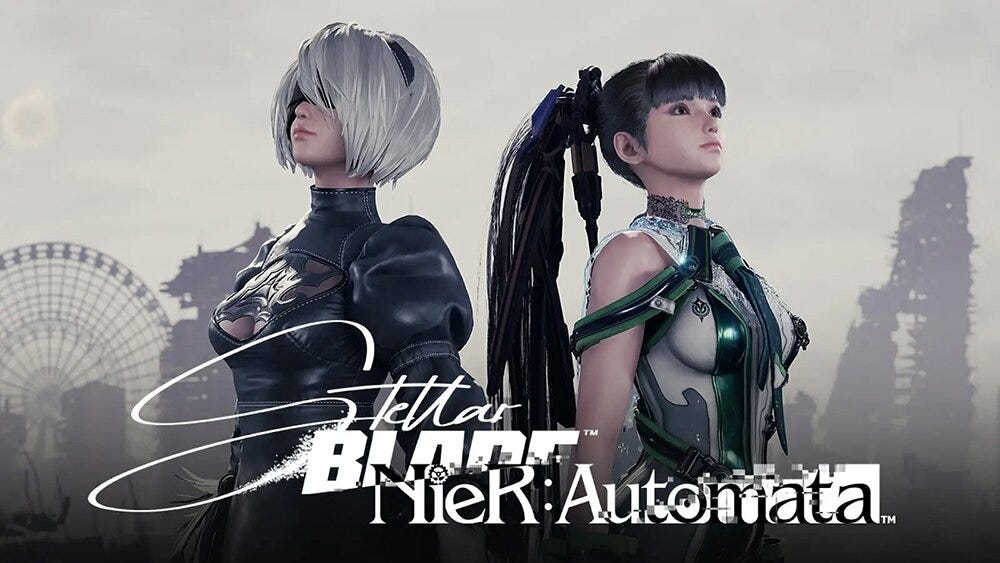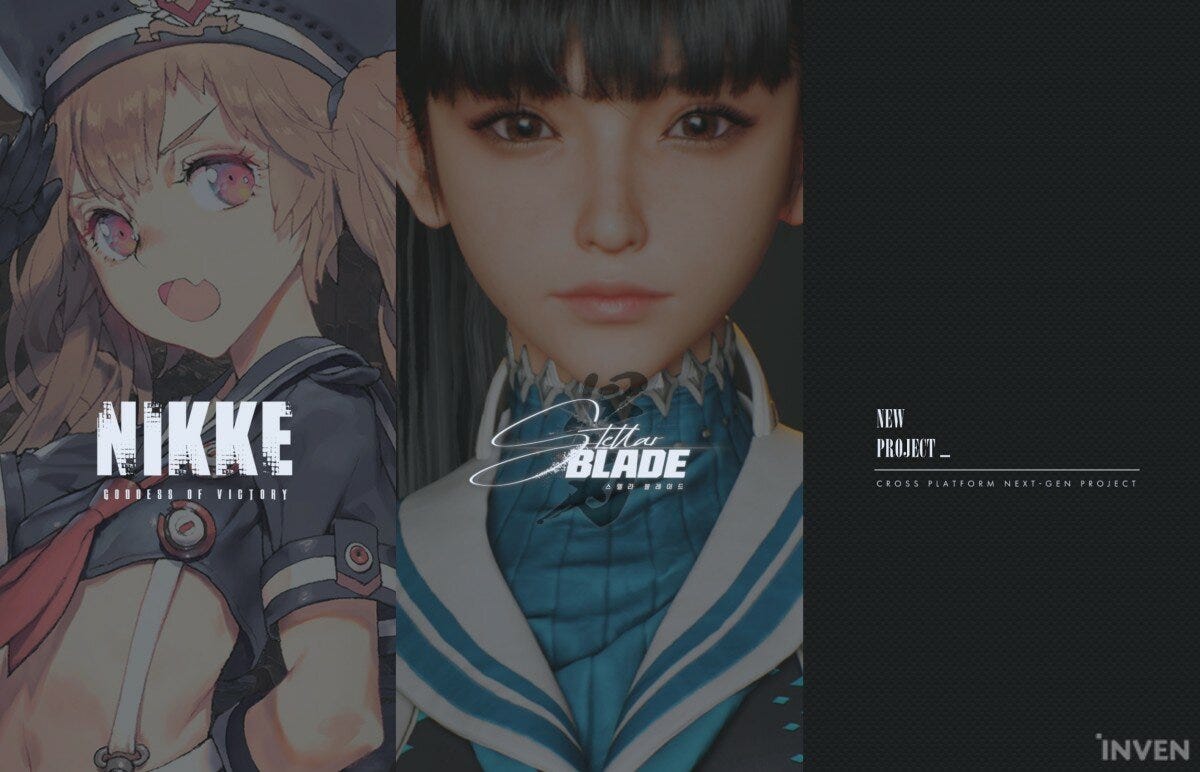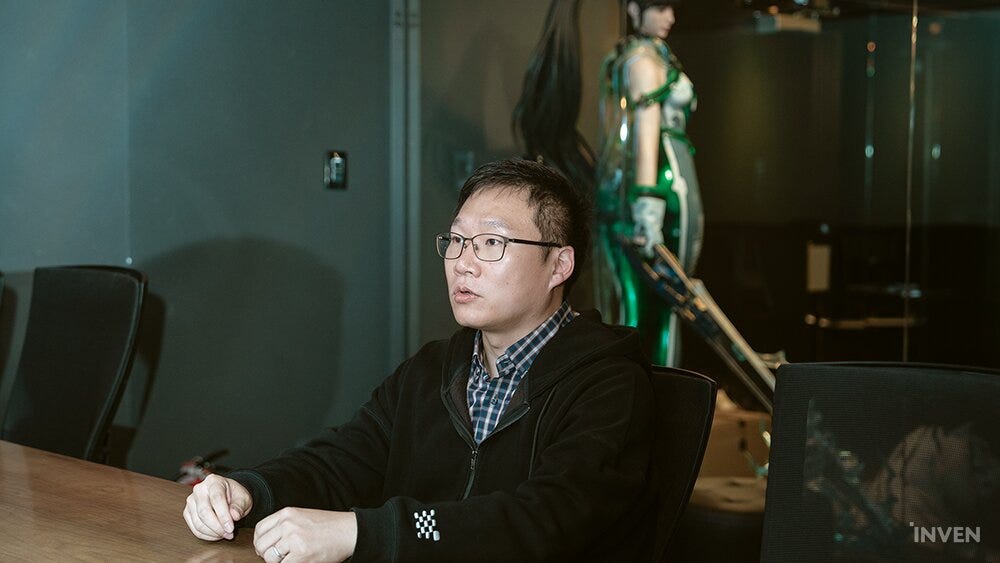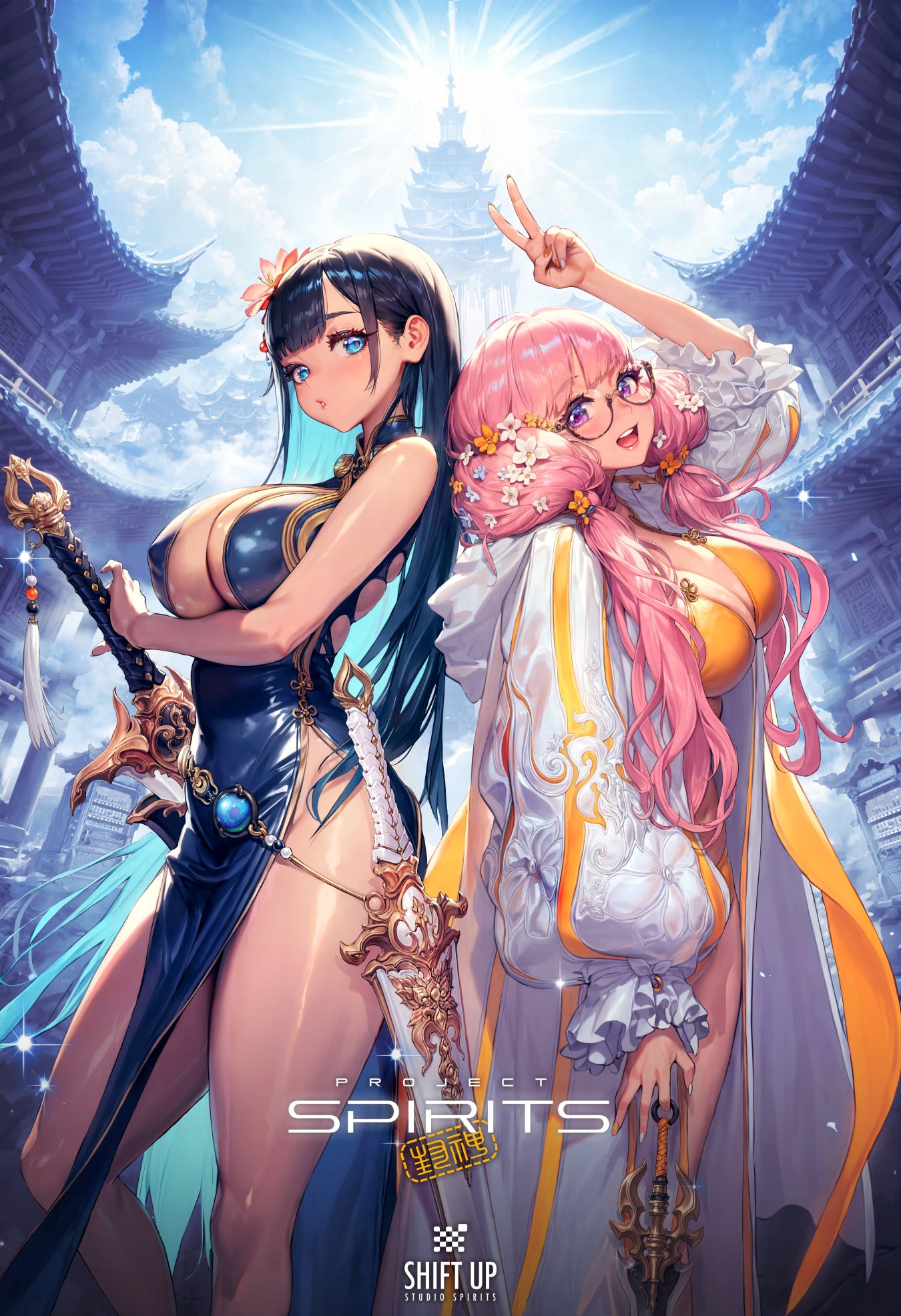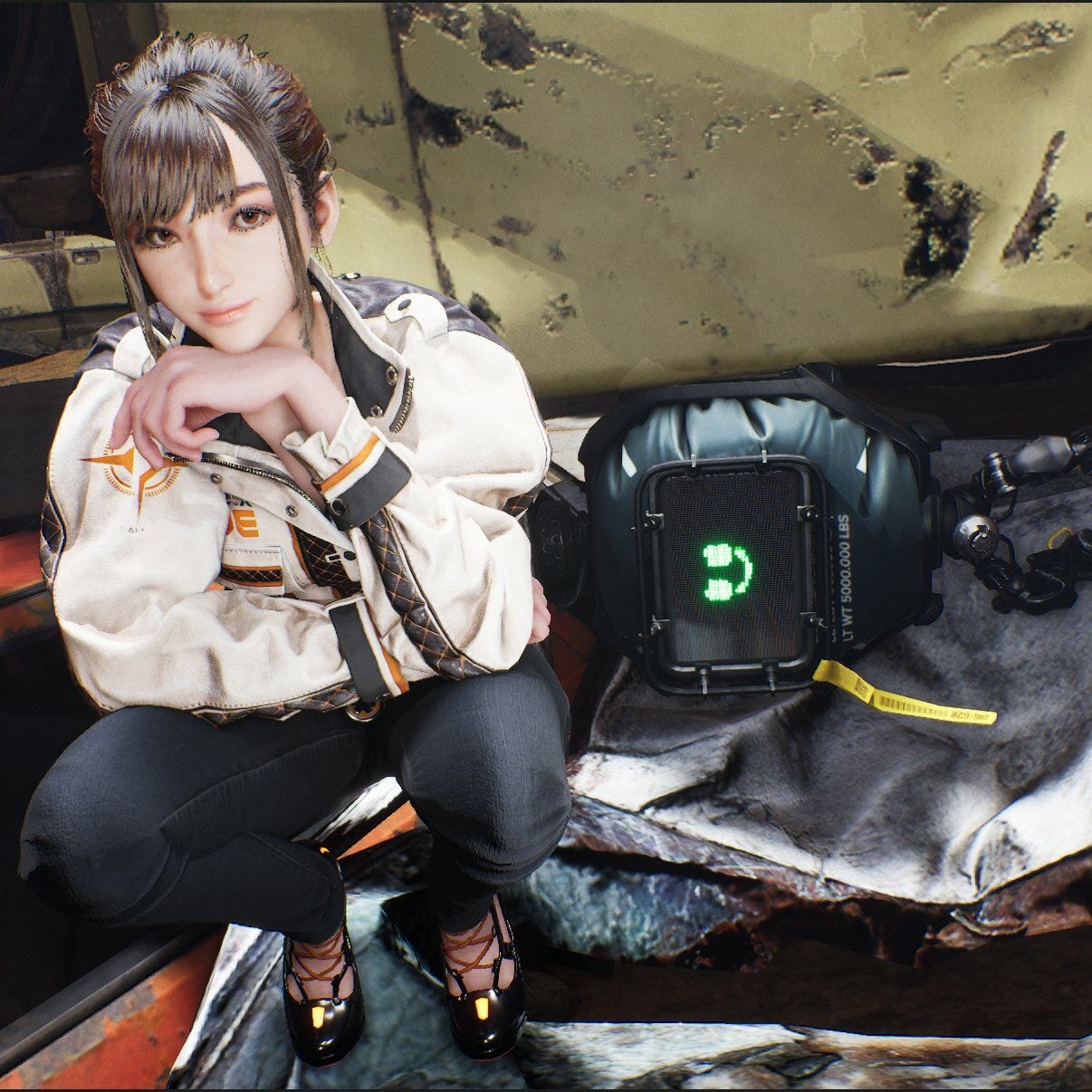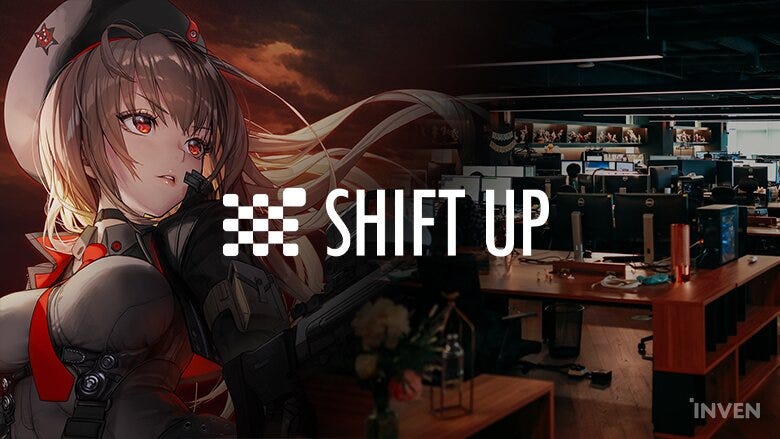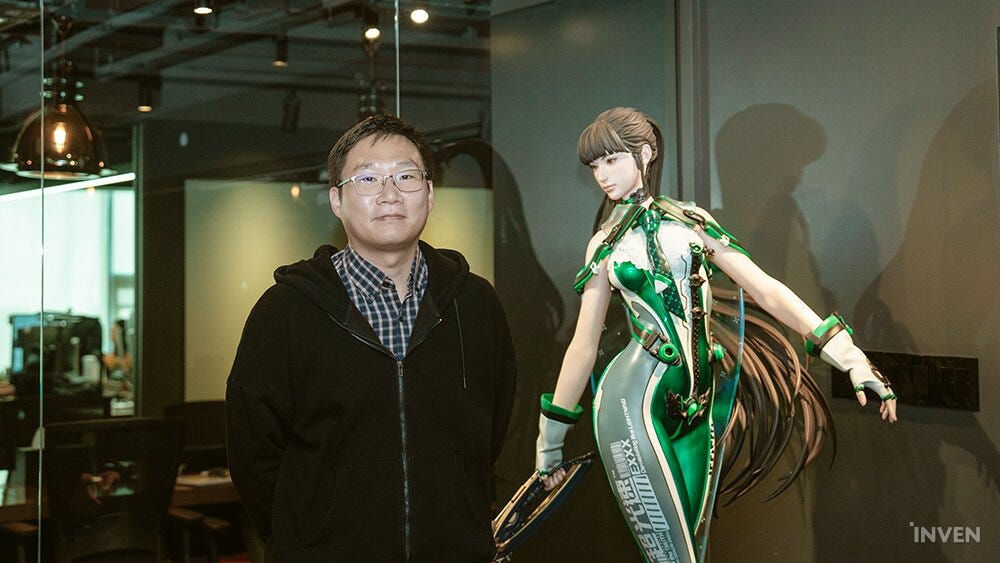Stellar Blade, how it came to be and where it's heading
Interview featuring Stellar Blade and ShiftUp studio's philosophy
The success of Stellar Blade’s recent PC port reminded me of an old article I read after the original release on Playstation 5. An article gleaning interesting details on ShiftUp studio’s approach to developing Stellar Blade and the direction they are heading. Details that raised my opinion of the studio I had a mixed view on since their first game, Destiny Child.
I hope the following translation of that article will provide some insight on what kind of studio ShiftUp is. As there are gamers just learning of the studio with the release of Stellar Blade and its PC port.
Paraphrased translation of Inven article “ShiftUp is just getting started” focusing on portions regarding Stellar Blade and ShiftUp’s general direction.
[뉴에이지 특집 #1] "시프트업은 이제 '시작'이다" 이동기 테크니컬 디렉터 24/11/28
As most dramatic success stories go, Stellar Blade had a rough start. A project that could be dropped any moment if not for the firm “now or never” stance of the development team. The team’s effort was ultimately rewarded when Stellar Blade’s April 2024 release on Playstation5 was met with glowing reviews.
Inven reporter Kim Suh Jun interviewed ShiftUp Technical Director Lee Dong Gee to gain insight on how ShiftUp achieved this monumental success from within the barren console game market of Korea.
Overcoming the challenge of breaking into console gaming
Behind ShiftUp’s successful foray into console gaming
As Shiftup’s first attempt at developing triple A console game, news of Stellar Blade was met with skepticism from both the gaming community and even from within ShiftUp. Many were concerned how Stellar Blade would be received by the global console market. Concerns which were proven unfounded with Stellar Blade’s critical and commercial success.
Yet Director Lee isn’t sitting on his laurels as he believes certain aspects of development could have been done better with his current experience. Improvements such as character expressions and narrative presentation.
Lee also mentioned wanting a collaboration between a “globally famous” beverage and Stellar Blade’s can collecting side activity. The collaboration didn’t reach fruition due the gap between the beverage brand’s high standing to Stellar Blade’s unproven position at the time. Lee hopes to make that collaboration a reality someday.
ShiftUp had much to prove as a newcomer to the console scene. Lee mentioned how CEO Kim Hyung Tae went out of his way to introduce Stellar Blade on multiple interviews supported by Sony’s marketing and State of Plays to bat for their first Korean second-party studio. But most important was the demo which was heavily pushed from within ShiftUp to showcase the studio’s development skills.
Furthermore, ShiftUp was able to focus on development thanks to Sony handling publishing and marketing. Major contributions from Sony were in localization, QA, and distribution.
Localization was a massive task of providing 23 languages, 9 of them voiced to allow a wider audience to experience Stellar Blade. The expertise of Sony’s user research team, based in London, provided great feedback on where difficulty was unreasonable and parts that could use improvement. Lee also mentioned how he appreciated the quick feedback on hardware inquiries.
The Korean gaming market, where talent and work experience in console development was next to none, is a challenging stage to break into triple A console games but CEO Kim was determined to pull ShiftUp through this monumental task.
It was late 2018 when Kim first floated an idea to Lee. To “Making a game with an ending. Where the credit roll gives the player a chance to put down the controller and reminiscence on the experience”. Lee was captivated by the idea and was on board with development starting on 2019.
Despite the challenge, both Lee and his team were determined to deliver a console game developed from Korea. The members of the team came from impressive work experience in 3d gaming both PC and mobile, yet lacked experience developing for console. But the team was dedicated and worked together to solve issues since they were working passionately on the type of game they wanted to create.
Kim said to Lee that if the team combined working on what they like and what they are good at, they can create something featuring their unique talents. Lee took this guiding principle to heart starting from recruitment and the entire process up to the release of Stellar Blade.
The action combat of Stellar Blade was higly praised and was a remarkable achievement for the development team’s first attempt at the genre. Kim proposed the combat to not be as difficult as a Souls-like nor too high paced as an over-the-top action game, but something in between the two.
Utilizing Souls-like combat interactions such as parrying and also the quick reactions of an action game, the combat was constantly re-iterated until it reached the point the development team was satisfied with.
As Stellar Blade’s combat identity was formulated, development discussion moved towards game difficulty. The difficulty kept getting higher as the developers got too accustomed to the game from constant play testing. Thus difficulty was adjusted through tester feedback and Kim mentioned adding an assist mode so that players who found the controls too difficult could enjoy the story as well.
In response to comments on small details such as Eve’s hair physics on her ponytail, Lee credited both the animation team and Kim’s balanced approach to creating a flowing ponytail to accentuate Eve’s graceful movement. Lee also marveled at how players are able to catch minute details and said the effort put in adding these details were in service to satisfy their players.
The development team was both amazed and grateful how players were able to catch details the team expected to be overlooked. Lee also appreciated how fans would go out of their way to document hidden narrative details and create guides, such as a map for the location of collectable cans.
Though sales figures are an undeniably important gauge for a game’s success, development goals leaned more towards building brand reputation as ShiftUp’s first break into 3D console gaming.
Stellar Blade succeeded in appealing to players as a new IP and Lee hopes to build the IP to the level where a simple logo can generate excitement during gaming convention/shows.
When asked if it would be better to get the same reaction for ShiftUp’s logo, Lee agreed he would like that as well but stressed a gaming studio speaks through its games and such a reaction to the studio’s logo would mean Lee’s dream of creating blockbuster IPs would already have been achieved at that point.
Lee can clearly recall the day of Stellar Blade’s reveal during a 2022 Sony State of Play. He along with many others stayed up at 4am Korean time to watch the stream and read comments expressing excitement for Stellar Blade, which spurred the team to work harder.
At the time of interview, six months had passed since the release of Stellar Blade on the Playstation and the patch version was up to 1.08. Each month was like re-experiencing release month with ShiftUp’s dedication to delivering an enjoyable well-tailored experience to players with each new patch.
ShiftUp expanding as a global studio
Aiming to become a studio that can generate excitement among players
Keeping a record of success is not an easy task for which Lee stressed the importance of understanding the elements of one’s own success. Lee believes understanding one’s strength and what players want is an important aspect for creating quality experiences.
The question of future projects was raised considering ShiftUp’s impressive record with Stellar Blade and Goddess of Victory :Nikke. Lee attributed the success to ShiftUp’s unique experience and delivering what they do best. The rumored next project would feature the studio’s unique characteristics but Lee couldn’t reveal more at the time beyond Shiftup commitment to meeting player’s expectations in continuing the studio’s success.
*At the time of translating the article, the next project was revealed as Project Spirits (name changed from Project Witches). Project Spirit is a subculture genre game to be developed cross-platform for both PC and Mobile.
ShiftUp managed to build a strong development portfolio by putting all their focus on game development itself. In pursuit of that goal, Kim insisted on developing both Stellar Blade and Nikke simultaneously. Kim was confident in his studio’s ability to pull through the gargantuan task and this was only the beginning. Lee views ShiftUp’s current lineup of three titles as a starting point on the path to establishing the studio’s identity from which more awesome experiences will be delivered.
Given ShiftUp’s recent commercial success and going public, many expected the studio to expand both workforce and on-going projects but Lee stated ShiftUp is on a different path. The studio is dedicated to expanding the work experience of their current developers and preserving know-hows within the studio.
“I believe development boils down to the person. Development is done by a person and that person gathers experience. By retaining that person in a stable environment, an organic development culture can be created. Which is why we aren’t making sudden expansions and rather concentrating on internal growth.”
The focus on internal growth formulated out of experience while breaking into console development. As technical director, Lee found there was much to learn in both technical aspects such as handling haptic feedback and also narrative aspects. Stellar Blade was the first narrative game for Lee to get involved in during his 20 years as an industry veteran.
Lee looks forward to seeing ShiftUp attain an iconic style of its own whether it be through visuals, character design, or gameplay. An iconic style that can immediately tell players at first glance that “this was developed by ShiftUp”.
Such focus on growth and development bolstered a robust development culture where ideas flow freely. An environment closely guarded by careful considerations during recruitment of new talent. As such, the team size of Stellar Blade has not changed much since its release.
When questioned on how ShiftUp is handling the rising global interest in the studio’s next steps, Lee playfully pushed back that the studio hasn’t reached such global acclaim as of yet. But considers Stellar Blade and Nikke as a starting point for the path to achieving such a renown position. Also, the importance of continued improvement and releasing quality games that players can look forward to was stressed once again by the technical director.
Lee believes there is no shortcut to creating great games besides working hard on creating games based on a developer’s passion and talents. There’s no clear cut answer for success, a viewpoint echoed by Kim during the release press conference for Stellar Blade. Lee hopes ShiftUp’s success will spur the Korean gaming industry to seriously consider console gaming and looks forward to seeing great games in the future.
Final Q&A
Q: What is the defining “direction” ShiftUp wishes to pursue as a game development studio?
A: To become a studio that can present users with something to look forward to, something astounding. As mentioned earlier, I hope ShiftUp’s logo will be able to spur excitement with a logo reveal. That would mean we have succeeded in creating games beloved by our players. I hope that is the kind of studio ShiftUp becomes.



